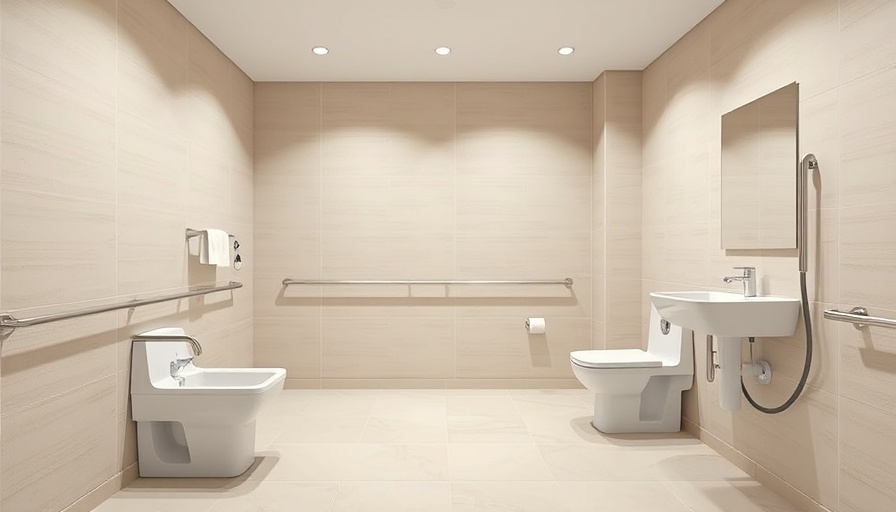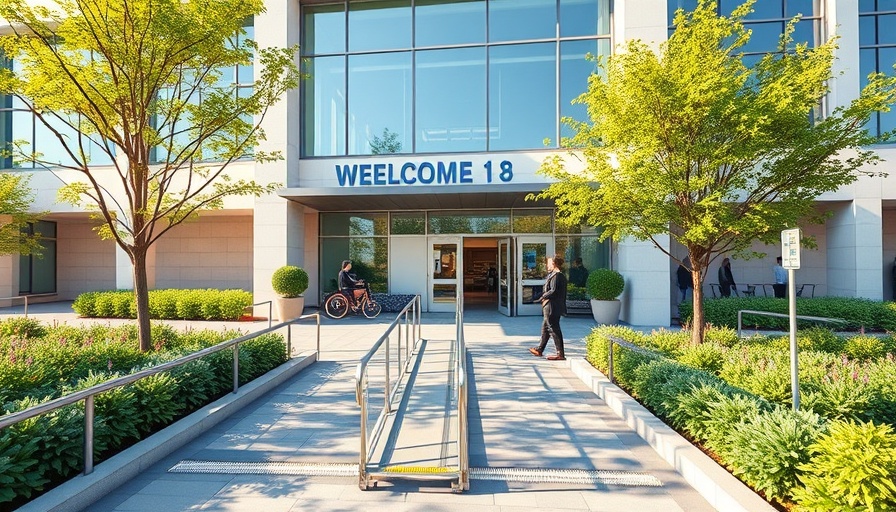
Why ADA Compliance Matters for Your Toms River Bathroom
Ensuring your Toms River bathroom is ADA compliant is essential not just for accessibility, but also for the safety and legal protection of your household. The Americans with Disabilities Act (ADA) lays down the framework to make spaces accessible for individuals with disabilities, reaching far beyond just public areas. In Toms River, these regulations also apply within residential spaces, particularly bathrooms which often present unique challenges.
A compliant bathroom should cater not only to individuals with mobility limitations but also ensure comfort and ease for all users. This article explores critical features of ADA compliance, empowering homeowners to assess and enhance their bathroom spaces effectively.
Understanding ADA Compliance in Residential Bathrooms
ADA compliance refers to a collection of standards that guarantee facilities are usable by individuals with diverse abilities. Compliance entails various specific features, including door widths, toilet heights, grab bar placements, shower and tub accessibility, and sink specifications. Evaluating these aspects is crucial not only for compliance but also for improving the overall usability of your space.
For instance, doorways should be a minimum of 32 inches wide to allow easy access for wheelchairs and mobility devices. Furthermore, the direction a door opens can significantly affect usability; ideally, the door should open outward to prevent entrapment during emergencies.
Essential Features of an ADA Compliant Bathroom
An ADA compliant bathroom incorporates key design characteristics tailored to accommodate users of all abilities. Among these features, the height of toilets is critical; toilet seats should range between 17 and 19 inches from the floor. This height supports not just individuals with mobility challenges but also enhances usability for everyone.
Moreover, the placement of grab bars is vital—installed securely and positioned between 33 and 36 inches from the floor, they offer maximum stability. When it comes to bathing facilities, roll-in showers are often recommended; they provide easy entry, eliminating the need to step over the tub edge, which can pose a danger.
The Importance of Non-Slip Surfaces and Proper Drainage
In all bathroom areas—especially in showers—non-slip tiles are imperative. The inclusion of proper drainage systems complements this feature, creating a safer environment for individuals who may experience difficulty balancing. According to expert insights, adopting safety features like these not only minimizes injury risk for disabled users but enhances comfort for everyone.
Grab Bars: A Safety Necessity
One of the significant concerns in bathroom design is ensuring safety through proper grab bar placement. Grab bars should be installed in accessible areas and made of sturdy material, capable of withstanding weight. The ideal placement should consider the unique needs of users; for example, install grab bars near toilet areas and within reach in the shower for maximum support.
These safety installations are crucial not only for compliance but also to provide peace of mind for users. Whether it’s an elderly family member or guests, having ample support can dramatically enhance their experience.
Designing With Comfort in Mind
Beyond features for accessibility, it’s essential to consider aesthetics. Homeowners can create bathrooms that are both compliant and visually appealing. By integrating elegant designs that include ADA-compliant fixtures and installations, homeowners can ensure that the changes enhance the home's overall style while meeting legal requirements.
Practical insights such as opting for lever faucets instead of knobs can further simplify usability. Lever faucets, which are easier to operate, contribute to a universally designed space that proves beneficial for both elderly and physically challenged users.
Visiting Local Resources for Guidance
As you assess and execute your bathroom renovations, consider reaching out to local contractors who specialize in ADA compliance. Companies like CBF Contracting in Pennsylvania have the experience needed to implement these modifications efficiently, ensuring that your home meets all necessary standards.
Moreover, it's pertinent to stay updated on any local amendments to ADA standards that can impact residential compliance. Engaging with community resources offers both expert insights and practical support.
Moving Forward with Confidence
Understanding and implementing ADA compliance factors in your Toms River bathroom not only enhances safety and accessibility but it also reflects a commitment to inclusivity in your home. With the right installations, you're not just meeting legal requirements; you're fostering a supportive environment for all family members and guests.
As you evaluate your space, remember that adopting these improvements is a step towards facilitating an accommodating living environment. Beyond aesthetic changes, such measures demonstrate a thoughtful approach to home safety and well-being.
 Add Row
Add Row  Add
Add 




Write A Comment